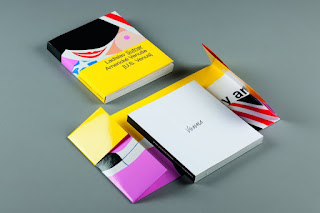U polštáře se používají stejné materiály jako u přikrývek, ale většinou se neprošívají. U polštáře se klade vyšší důraz na hygienu, protože je v přímém styku s obličejem, vlasy a ústy. Měl by se častěji prát, aby se zabránilo plísním, které jsou nejvíc nebezpečné pro alergiky. Dříve se používaliypolštáře velikosti 70 x 90, které nejsou vhodné pro páteř. Vhodné jsou menší polštáře a nejlépe z měkkého pěnového tvarovaného materiálu.
Výplně se dřív používaly nejčastěji z peří, nyní ze syntetických vláken. Další materiály pro výplň přikrývky jsou střižní ovčí vlna, kašmír, velbloudí srst, hedvábí, bavlna a topolové chmýří. V převážné většině jsou tyto ostatní materiály dražší. Důležité je, aby přikrývka absorbovala vlhkost, byla lehká, měkká, příjemná na dotek a hlavně tepelně izolovala. Syntetická vlákna nevyžadují tolik péče a údržby jako přírodní materiály a můžete je používat delší dobu. Syntetická vlákna mohou mít tyto vlastnosti: antistatické, nehořlavé, antimikrobiální, vyšší objemnost, tvarové paměti, nesléhavosti, stálosti barvy na slunci a při praní. Nevyvolávají alergické reakce, údržba a praní jsou jednoduché. Nejčastěji se používá duté polyesterové vlákno.
What material you choose is important. We should feel comfortable when sleeping. Quilt may be difficult and should blend well around the body. The coating blanket should be dense to not penetrate the skin scales and mites to fill blanket. But again, must be breathable to allow moisture escape. It is made from tightly woven cotton, the higher the density the better the cotton. Most often and 65% polyester 35% cotton. Dimensions blankets are: 140 x 200 cm, 140 x 220 cm, double 200 x 200cm and 200 x 220cm.
The pillows are used the same materials as the blankets, just not usually stitched. The cushion is placed more emphasis on hygiene, because it is in direct contact with the face, hair and mouth. Should be washed frequently to prevent mold which are the most dangerous for people with allergies. Previously used a pillow size 70 x 90, which is not suitable for the spine. Suitable cushions are smaller and preferably molded from a soft foam material.
Fillers are often used before a feather, now made of synthetic fibers. Other filler materials for blankets are shorn sheep´s wool, cashmere, camel hair, silk, cotton and poplar fluff. In the vast majority of these other materials more expensive. It is important to absorb the moisture blanket was light, soft, pleasant to the touch and most thermally isolated. Synthetic fibers do not require as much care and maintenance of a natural material and can be used for longer periods. Synthetic fibers can have the following characteristics: antistatic flame retardant, antimicrobial, higher bulkiness, shape memory, incompressibility, color stability in sunlight and washing. They do not cause allergic reactions, maintenance and money are simple. The most commonly used hollow polyester fiber.
























.jpg)
























